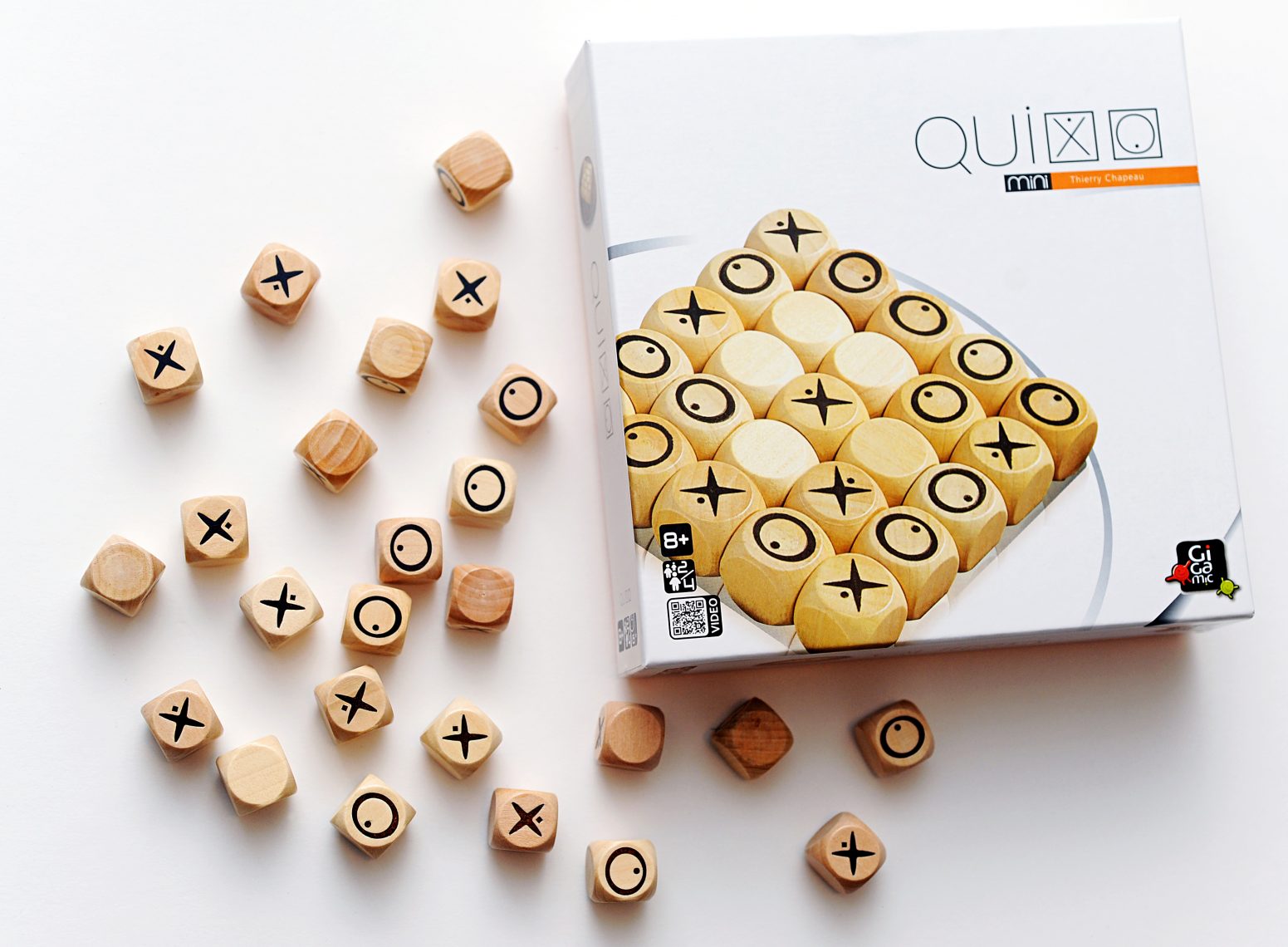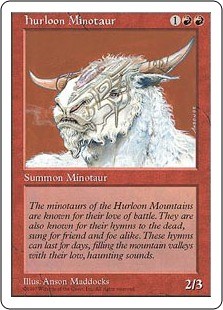Anyone involved in the board game hobby or industry will tell you that we are currently in a Golden Age of Board Games, but I’m here to tell you that the 1990s were an excellent decade in the world of board gaming, too. Not just for me personally, but for the industry in general. I was born in the ‘70s, and raised in a household that gamed, but nothing too outrageous. I learned classics like Backgammon, Chess and Cribbage from my father, and played the standard fare with my friends and siblings, such as Clue, Monopoly, Bonkers, and the like. In the ‘80s Trivial Pursuit took the world by storm, and our family was no exception. And despite becoming enamoured with the exotic Mahjong (I am from a white, middle class family in North Toronto, so to us it was exotic), the rest of my family never got into hobby gaming in the way that I did. Sure, my elder brother bought Avalon Hill’s Dune, and TSR’s Indiana Jones RPG, but he was a movie buff and only got them because they were franchise merchandise (BTW Michael, if you’re wondering what happened to your copy of Dune, it’s currently on my game shelf, and no, you can’t have it back… unless you want to replace it with the new edition from Gale Force Nine).
By the start of the ‘90s I was in my late teens. I was working, but still at home, so I had disposable income to spare, and more importantly, I had developed friends at, and outside of, school who shared my love of niche games. In addition to being well into RPGs by then, I was also playing stuff like Talisman, Mega Supremacy, Titan, Kremlin, and Cosmic Encounter. The ‘90s saw the birth of the trading card game, with the invention of Magic: the Gathering, as well as opening up the North American market to the Eurogame with the massive success of a little German game called Settlers of Catan (a game I never actually played until 5-10 years after its release). The decade also saw the rise of White Wolf and their Vampire: the Masquerade RPG, the game that is often credited (perhaps apocryphally) with getting more women and girls into role playing than any other game.
The decade saw its share of mediocrity and garbage (the POGs board game, or the Vanilla Ice Electronic Rap Game, anyone?), as well, and even some very good games that met with praise and success in their day haven’t survived the test of time. I’m here to tell you about some of the best games of the ‘90s that are still widely available today (either never having gone out of print, or having gotten recent reprints), and are definitely worth a look if you’re new to the hobby, or worth a revisit if you aren’t.
Regular readers of the Daily Worker Placement will be no stranger to one of my favourite games from the ‘90s, Andreas Seyfarth’s Manhattan. Both Sean J. and I have written about before (here and here). All I’ll say about it here is I love it. It’s cutthroat and simple to learn, and you should play it.

Reiner Knizia
He’s not a game, he’s the king of the ‘90s Eurogame maket. He’s still designing and publishing today, but many of his best titles came out in the ‘90s: Ra, Samurai, Lost Cities, Wildlife Safari, Modern Art, Tigris & Euphrates, and Through the Desert are all among the Board Game Geek’s 50 highest rated games of the decade. All Knizia. Ra, Modern Art and High Society are all auction games that are well worth a look. Samurai, Tigris & Euphrates, and Through the Desert are all about tile placement and/or area control games. Wildlife Safari is a game where you play cards and collect animals, but every card you play changes the value of one of the animal types.
Stefan Dorra’s For Sale from 1997 is one of my favourite light card games of all time. It’s a property auction game in which 3-6 players bid to acquire properties in the first half of the game, and then use their purchases to collect cheques in the second half. The richest player wins. It’s simple to learn, quick to play with surprising opportunities to stick it to your friends for a Eurogame. (David W. wrote about it back in 2018.)
Before Uwe Rosenberg started designing heavey worker placement games like Agricola, and Ora & Labora, he made a little card game about bean farming. I guarantee that Bohnanza is the best game about harvesting and trading beans that you will ever play. If that sentence alone doesn’t make you want to pick up a copy, then there’s something wrong with you.
If you are interested in more light card games from the ‘90s, also try Wolfgang Kramer’s 6 Nimmt! (Also known as 6 Qui Prends, and Take Five!), Kahuna from Gunter Cornett, or Mag Blast by Christian & Anders Pertersen (currently on its third edition).

Abstracts
The human race has been making abstract games for millennia, so it’s not surprising that the ‘90s produced some good ones. The game publisher Gigamic launched its successful line of wooden “coffee table” games, and my personal favourite is Quarto. Quarto is a little like Connect Four, but it isn’t one colour vs the other. Instead, players share all 16 pieces, and on your turn your opponent will tell you which piece to play. After placing it on the board, you will tell your opponent which of the remaining pieces to add to the board. Pieces are unique but each is a combination of dark/light, tall/short, round/square, and hollow/solid. The goal is to complete a row of four pieces where all four share at least a single one of those characteristics. Quarto was followed up by gmaes like Quoridor, Quads, Quixo, Eclipse, and more.
The GIPF Project from Rio Grande Games also launched in the late ‘90s. It is a series of two-player abstract games. My favourite of the series didn’t come out until 2003, but the original GIPF, and the follow-up TAMSK came out in ’96 and ’99, respectively. Like Quarto, many of the GIPF Project games build on the basic concepts of Connect Four, but add simple sophistications to make each a unique game.

CCGs
The ‘90s were also the decade of collectible card games. Richard Garfield’s Magic: the Gathering created the genre and is still going strong today. (You can hear David W.’s two-part look at its origin story here and here.) The idea of taking the trading card concept and adding a playable game over top of it was revolutionary and was an industry changer. Everyone wanted to get in on that lucrative CCG market. Most were dead on arrival, because even though they were almost all franchise tie-ins with a built in fan base, the market quickly got oversaturated. Magic was the first, and the most successful, but other successes include Pokemon and Yu-gi-oh. Failures include CCGs for Star Trek, Star Wars; both Hercules and Xena’s TV shows tried to cash in, and of course, the Monty Python & the Holy Grail CCG. Just to name a few. Steve Jackson Games turned their stand alone card game of global conspiracies and tinfoil hats, Illuminati, into a CCG called Illuminati New World Order. While it was an entertaining game, it fell to the same fate as most of the genre. It was eventually re-released as the Illuminati NWO “One With Everything” set, which included one of every card published for the game, rendering it no longer a CCG. One could argue that it was the precursor to Fantasy Flight Games “Living Card Game” concept.
Any decade is going to have its winners and losers. With some great games, many good games, and tons of crap, but the 1990s represents the beginning of the golden age that the hobby enjoys today. I hope that you get the chance to jump in the Way Baxk Machine and enjoy some of these modern classics.
Comments
No comments yet! Be the first!